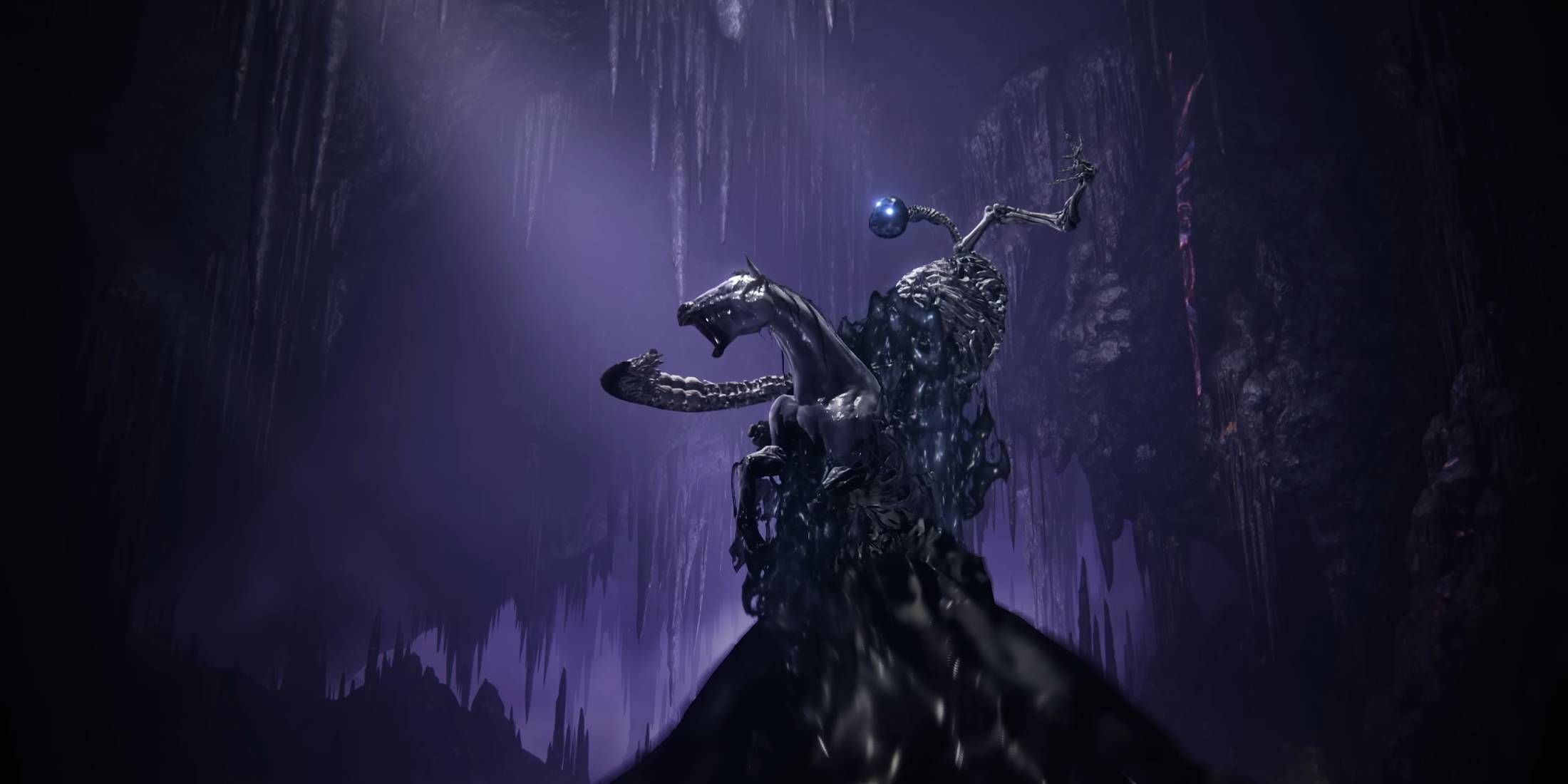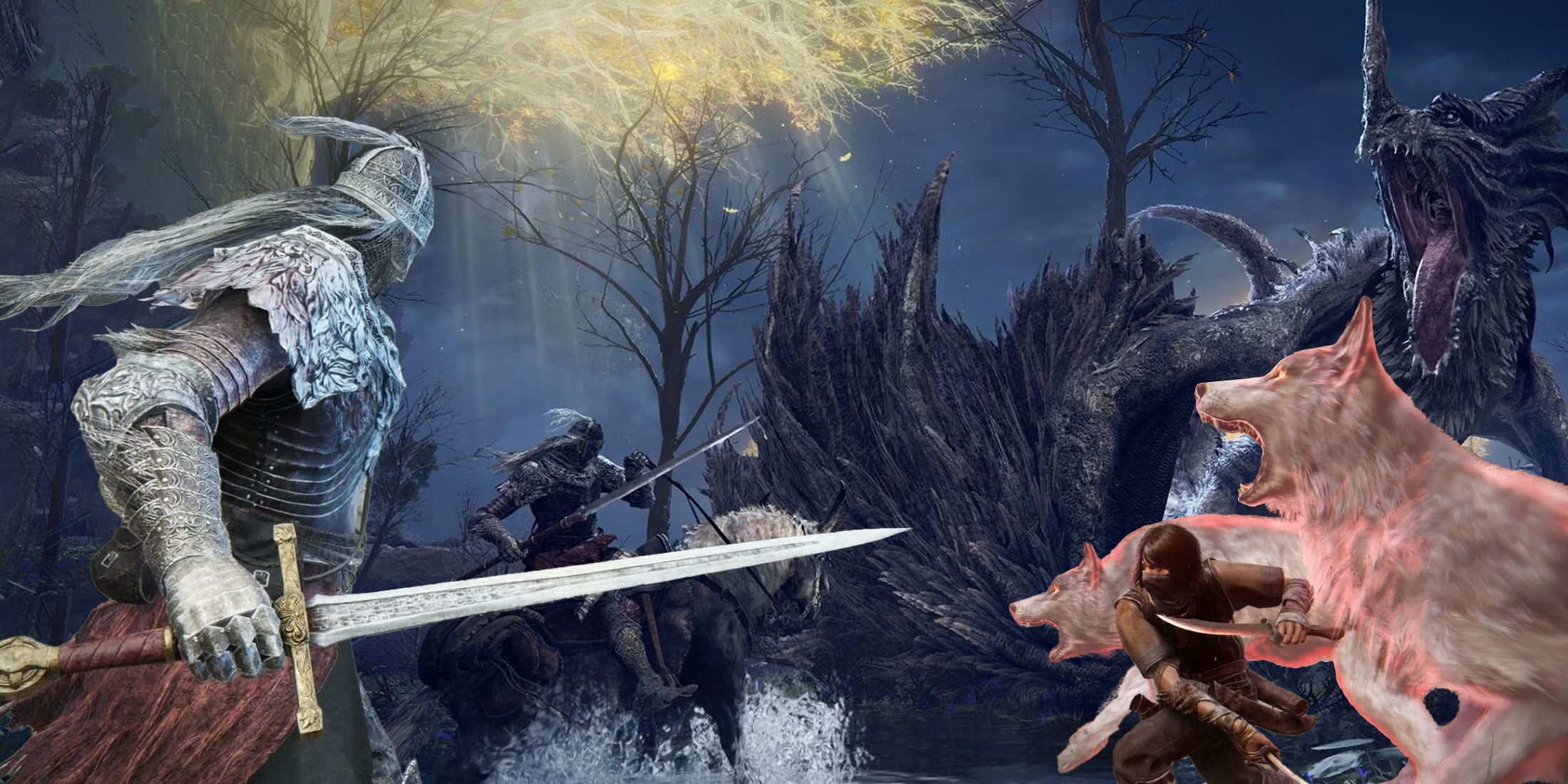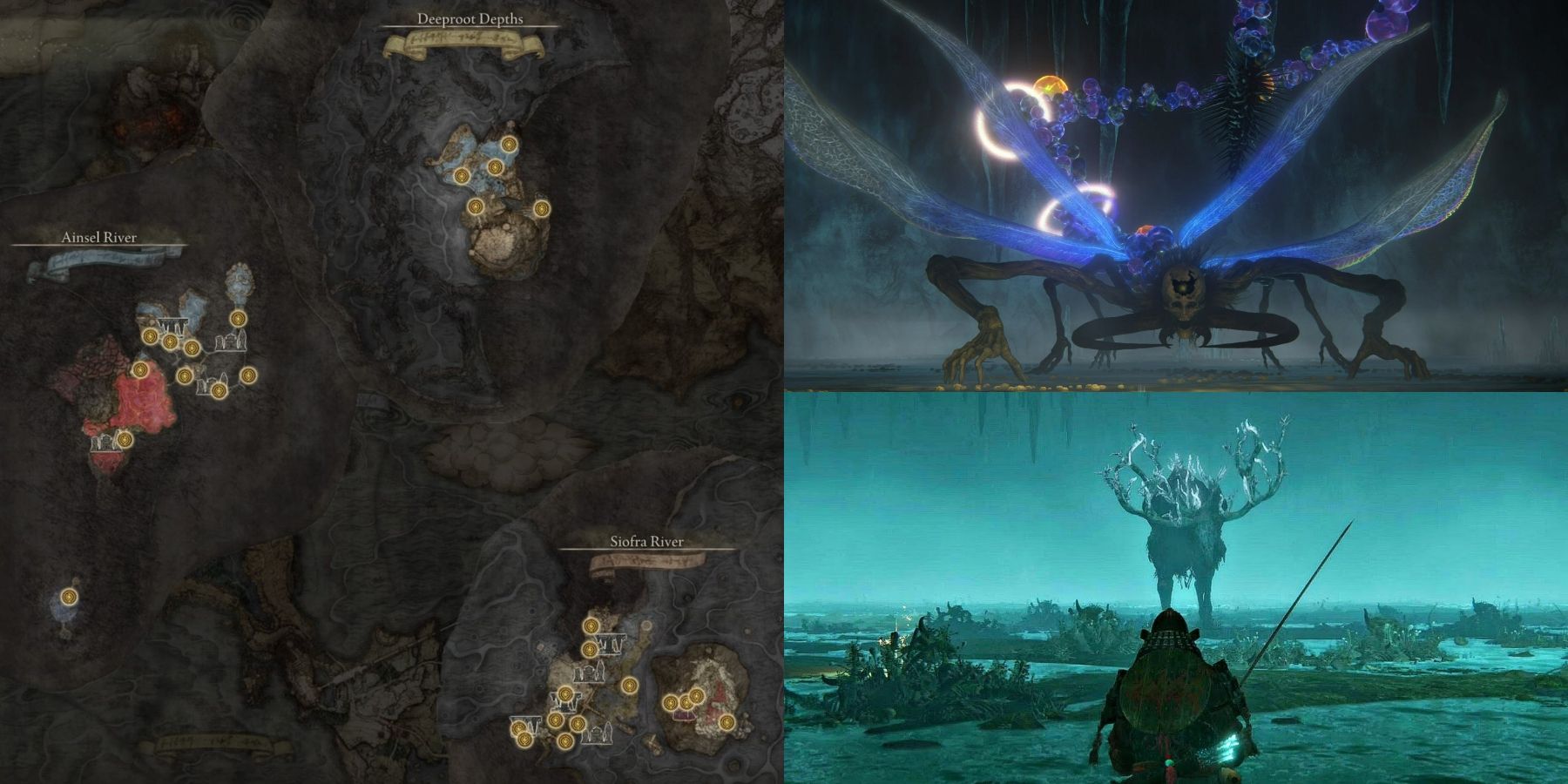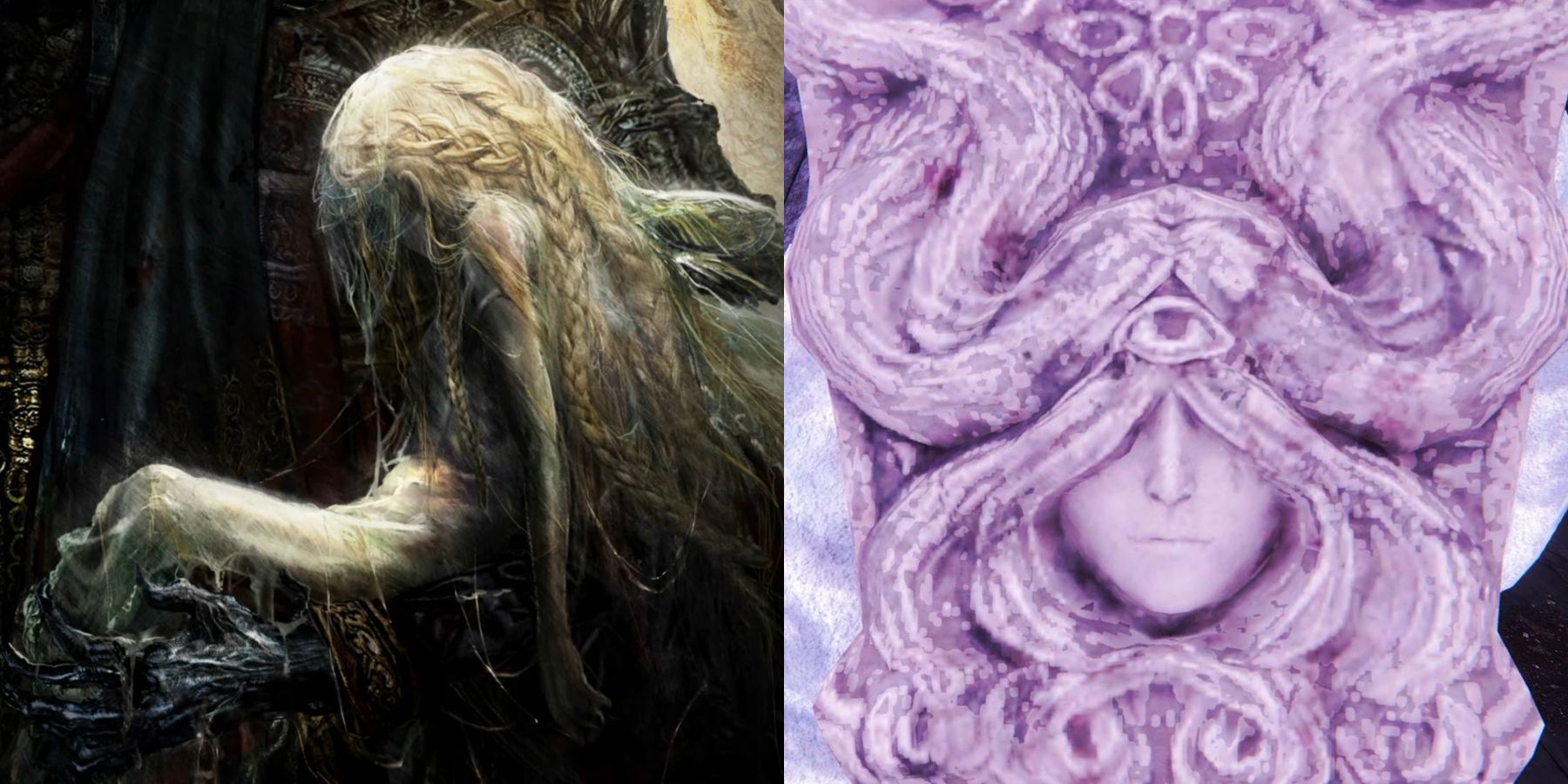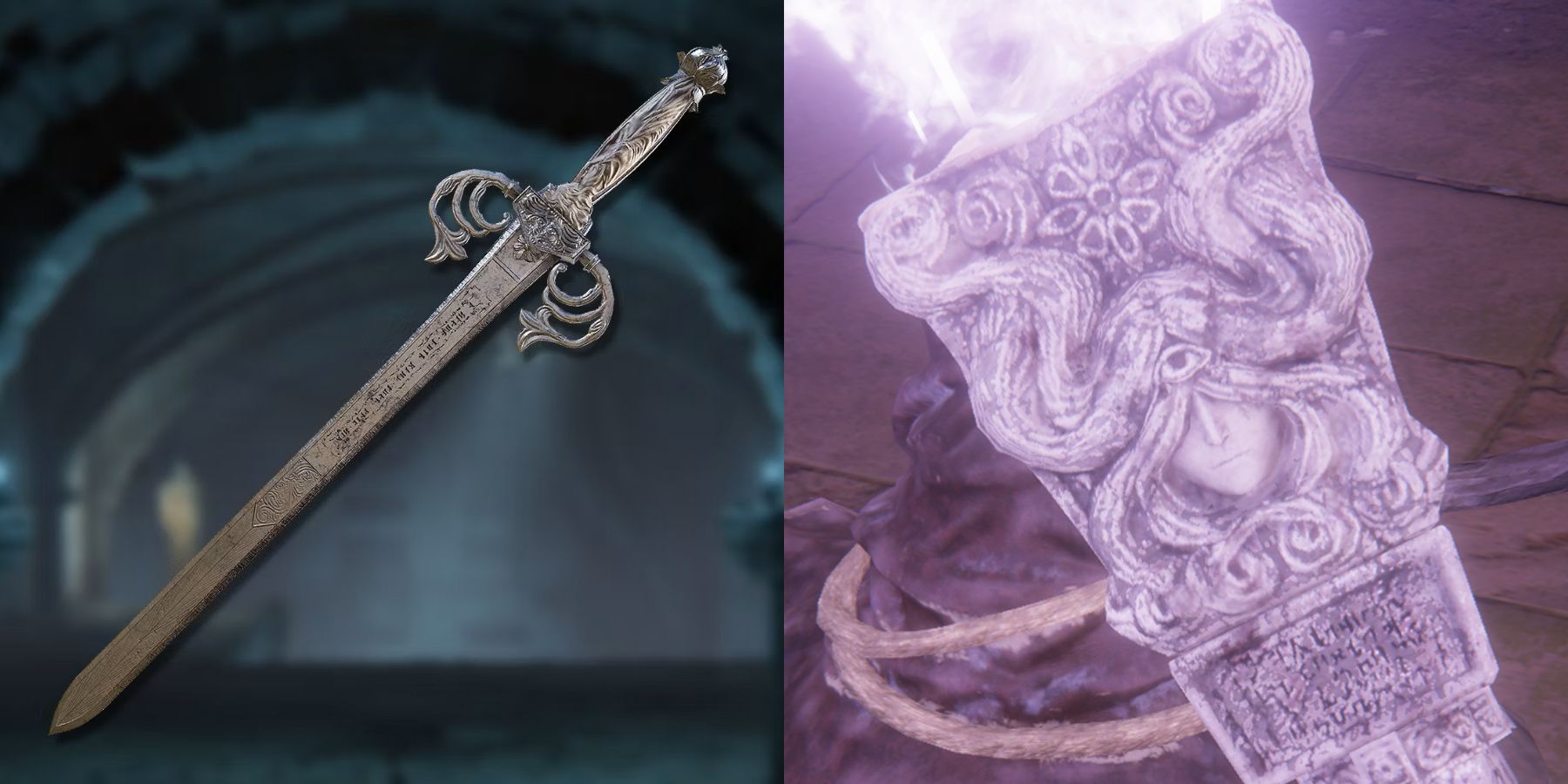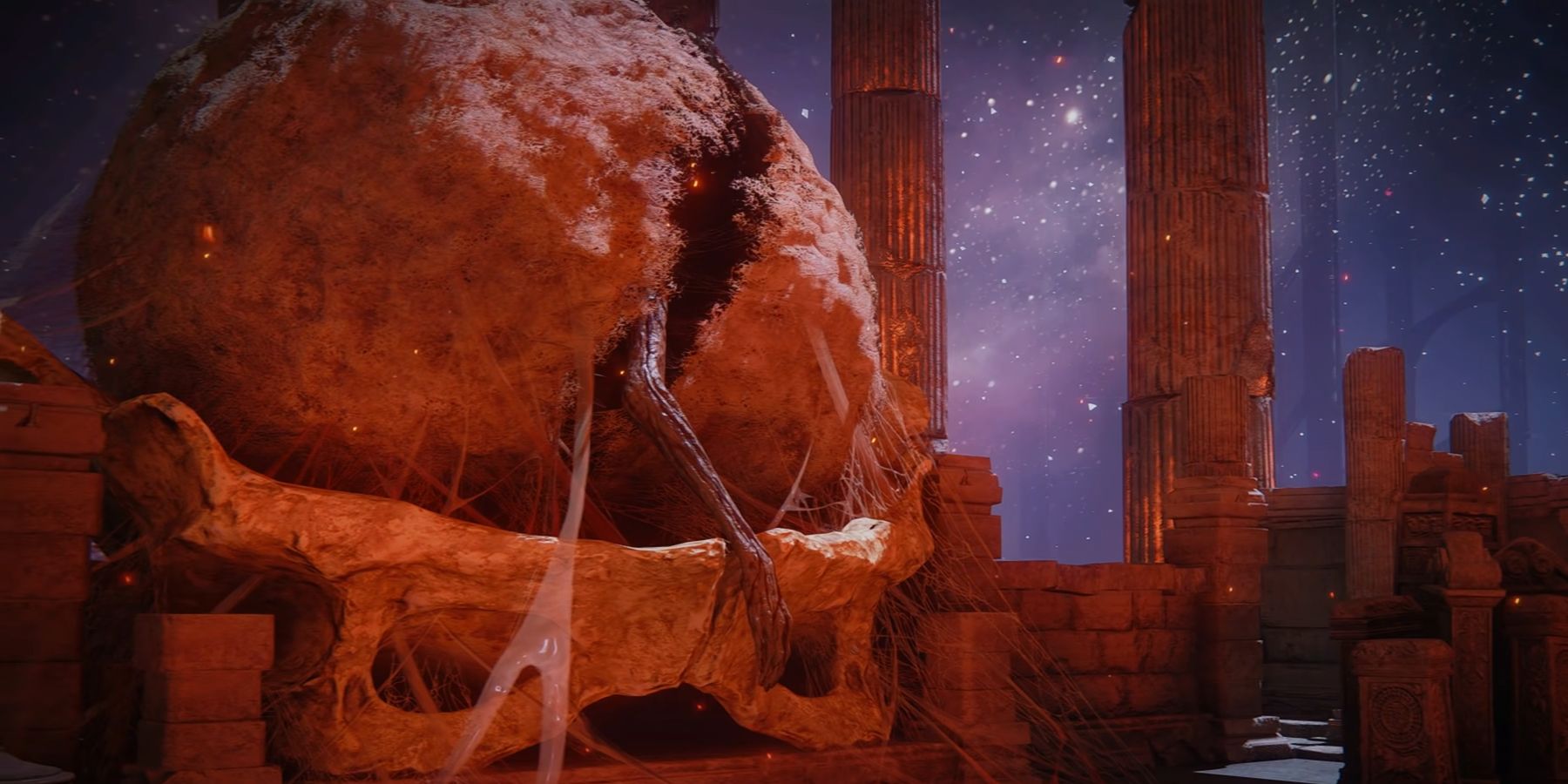FromSoftware loves packing its games with detailed lore but prefers to let players piece it together themselves rather than spelling it out, and Elden Ring is no exception in that regard. The studio famously brought in Game of Thrones creator George R. R. Martin to write the game's backstory. However, most of what players know about it has been pieced together through context clues and item descriptions.
This approach leaves fans with quite a few things to figure out on their own. Among them is the mystery surrounding Elden Ring's enigmatic Saint Trina. Despite never appearing in the game, Elden Ring is littered with references to this character, especially in the item descriptions. However, one interesting and highly probable theory indicates that St. Trina and the Empyrean demigod Miquella are the same person.
Elden Ring's St. Trina Explained
Most players will come across the name St. Trina multiple times during their adventures across the Lands Between. A great healer from ages past, little is known about St. Trina, and even their most devout followers disagree on basic details about who they work with and what they look like. However, they nevertheless had a significant impact on The Lands Between.
Mysterious as they are, Elden Ring fans can learn a bit about St. Trina from the names and descriptions of various in-game items. Specifically, these are St. Trina's Torch, the Sword of St. Trina, St. Trina's Arrow, Sleep Pots, Trina's Lilly, and Fevor's Cookbook. Examining these objects reveals a few key details about the enigmatic Saint. Interestingly, none of these items belonged to St. Trina. Rather, the Torch, Sword, and Arrows were used by priests of St. Trina, who spread the Saint's worship across The Lands Between.
One of the few things everyone agrees on about St. Trina is that they were or at least looked like a child. The description of St. Trina's Sword says so explicitly, while the text for Elden Ring's St. Trina's Torch hints at this by calling adult depictions of them unnerving. However, no one in Elden Ring's universe knows what happened to them, with the Sword's description saying that the Saint vanished as suddenly as they appeared.
St. Trina's Sword also brings up one of the mysteries around Elden Ring's St. Trina, noting how their followers can't agree on whether the Saint was a young girl or a young boy. This is arguably reflected in the other item descriptions, most of which avoid gendered language. Only Fevor's Cookbook explicitly refers to St. Trina as female.
The Cookbook's writer was also obsessed with St. Trina and searched for "her" in his dreams. He invented the Sleep Pots, which inflict Elden Ring's Sleep status effect and are enchanted by St. Trina's incantations. St. Trina's Torch, Sword, and Arrows can also put their target to Sleep, and it seems that the Saint's followers saw sleep almost as a sacred higher form of being. Elden Ring's description of St. Trina's Arrows even implies that shooting people with them was a conversion technique, saying, "Priests of St. Trina use these arrows to spread their teachings. The sweet oblivion of sleep can become quite the habit."
How Miquella Could Be St. Trina
Anyone familiar with Miquella's backstory in Elden Ring might have already picked up on a few similarities. The childlike appearance is a big one, as Miquella was cursed with eternal youth. Both have a significant association with sleep, with Miquella hibernating inside the Haligtree, hoping to break his curse. That failed due to Mohg's meddling, but Miquella and St. Trina share the common idea of sleep being a method of transcendence.
Young children can also be androgynous looking, which explains the confusion about St. Trina's gender. This may be especially true in Miquella's case, as he's known for his long, braided hair. The Shadow of the Erdtree teaser even proves this is possible. While fans eventually realized that the character riding Torrent is probably Miquella, quite a few mistook him for a girl at first glance. With this in mind, it's unsurprising there would be in-world confusion over St. Trina's gender, especially if Miquella took active steps to hide his identity. For all anyone knows, Miquella may have deliberately passed as a girl to further the disguise.
Meanwhile, St. Trina's status as a healer introduces another point of comparison. Miquella dedicated his life to finding a cure for his sister Malenia's Scarlet Rot. While he never succeeded, Miquella likely knows more about healing than anyone else in Elden Ring's universe. Even if he only traveled the land as St. Trina for a few years, it would be enough to establish him as a legendary healer.
St. Trina's ability to gather so many followers makes even more sense when considering Miquella's supernatural ability to influence others. This goes beyond mundane persuasion, as evidenced by Elden Ring's Bewitching Branch. Enchanted by Miquella's Unalloyed Gold, this item has the magical power to turn enemies into allies. Players also learn how to craft the Bewitching Branch from the third volume of Fevor's Cookbook, meaning the recipe comes from the same St. Trina worshipper who created the Sleep Pots.
Speaking of the Bewitch Branch and Sleep Pot, players craft these items from Miquella's Lilly and Trina's Lilly, respectively. Trina's Lilly symbolizes the Saint's worship, while Miquella's Lilly signifies faith in Miquella's Haligtree. It would be a pretty big coincidence for St. Trina and Miquella to have similar sacred flowers if there were no connection between them.
Elden Ring Cut Content
Elden Ring canon contains plenty of big hints that Miquella is St. Trina, but the real kicker comes from the game's cut content. At one point, Elden Ring would have featured a Priest of St. Trina named Rico. After doing a quest for him and opening the way to the Haligtree, he visits Miquella's cocoon and confirms that he and St. Trina are the same person. This would have made for quite the revelation had Rico made it into the game.
Of course, cut content is not canon and could represent an early idea FromSoftware scrapped. However, even disregarding cut content, the final game contains more than enough evidence to conclude that Miquella and St. Trina are one and the same. Fortunately, with Miquella likely playing a significant role in Shadow of the Erdtree, Elden Ring fans may finally get a solid answer about St. Trina's identity.
Elden Ring is available on PC, PS4, PS5, Xbox One, and Xbox Series X/S.

